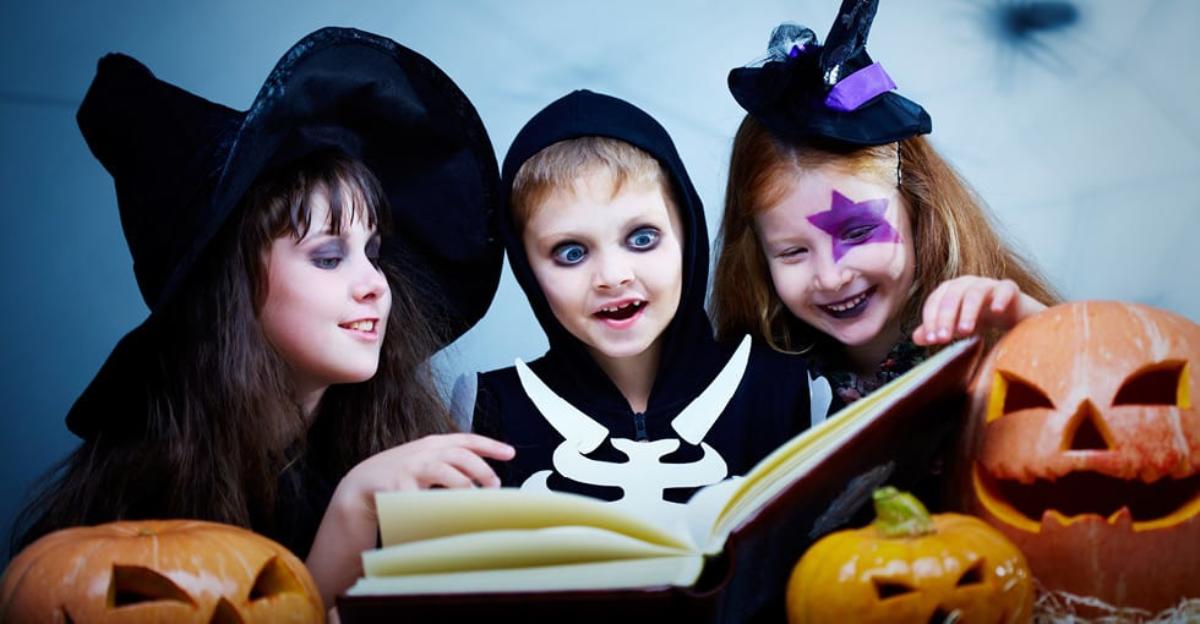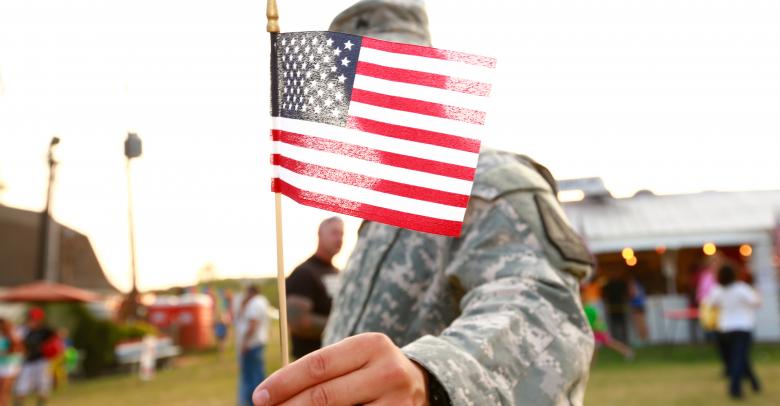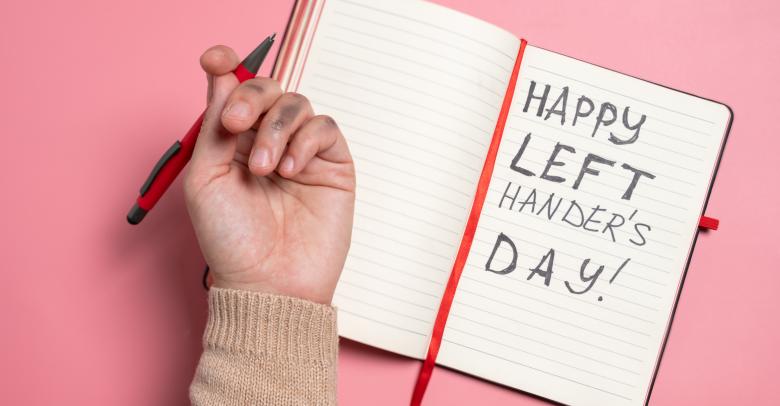Halloween has soared in popularity in the US. The spooky holiday currently ranks just behind Christmas in retail spending, according to Business Insider. While the holiday itself can give you plenty of ideas and activities to explore in the classroom, learning more about the culture and origins of this scary night offers plenty of opportunities as well. What is Halloween, where did it come from, and who came up with costumes and trick or treating? Learn more about the fascinating origins of the holiday and traditions and you’ll find a treasure trove of information to share with your students.
Halloween Origins
Halloween as we know it began with the Celts about 2,000 years ago. The Celtic New Year, or the Festival of Samhain, was considered to be a time of year when the lands of the living and the dead combined and the ghosts of the departed could return for a visit. The Celts did not welcome these visitors – the ghosts were considered to be troublemakers and the source of all kinds of difficulty. The ancient Celts took reasonable precautions during this time and dressed up in the skins of animals to hide from their ghostly visitors. Those costumes survive today, though they are drastically different in appearance.
What’s in a Name?
How did we go from Samhain to Halloween? Around the 11th century, the Catholic Pope declared that October 31st would be “All Hallows Eve”, giving a new name to a day already steeped in the celebration and remembrance of the dead. Over time, this new moniker evolved into the form we use today.
Trick or Treating
Once called “guising” or “souling”, trick or treating has a long and vivid history as well. Harkening back to the days of Samhain, industrious folk would dress up in costume and perform tricks for handouts – a precursor to today’s massive candy grab. The tradition continued in Medieval England, where poverty-stricken citizens would offer prayers and performances in exchange for food on All Hallows Eve. The term “Trick or Treat” is much more recent, likely from the last 100 years, according to History.com.
Incorporating Halloween into the Classroom
While the typical Halloween party is fun for kids – and even creates some related learning activities, the abundant 2,000 year history of the holiday and its cultural significance allows you to incorporate a variety of lessons. From simple readings and history to more elaborate reports and presentations, Halloween offers plenty of opportunities for discussion and hands-on learning in the classroom.






Leave a Reply